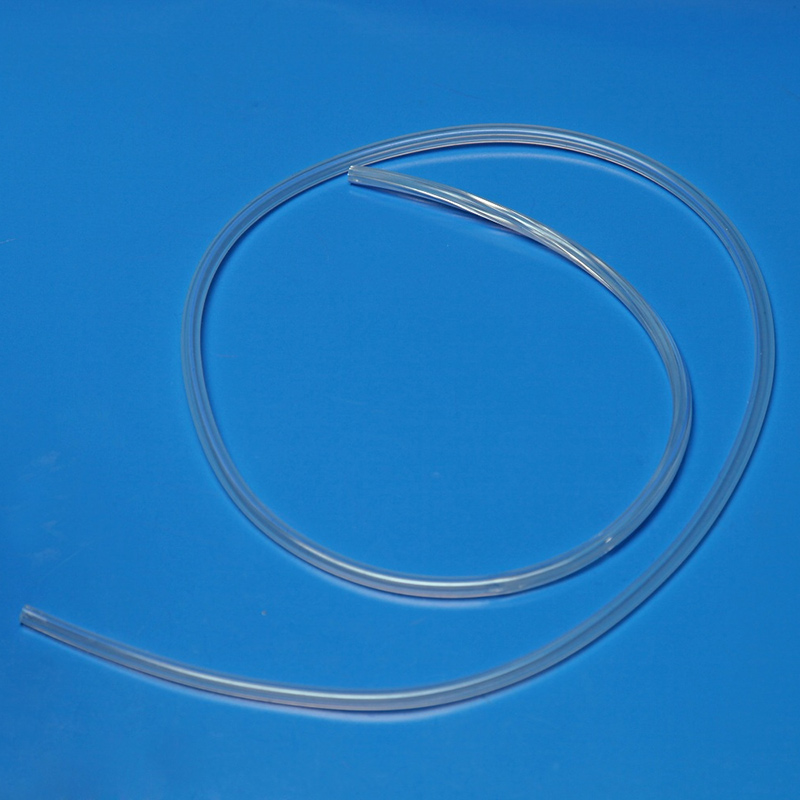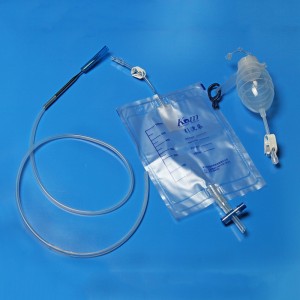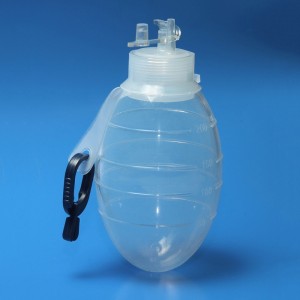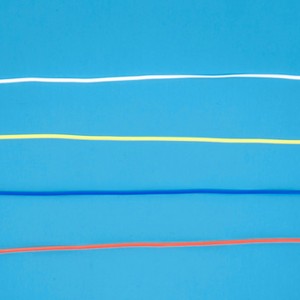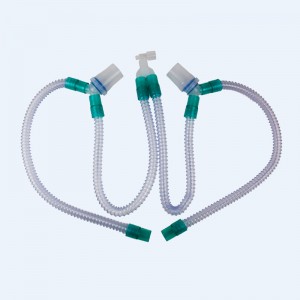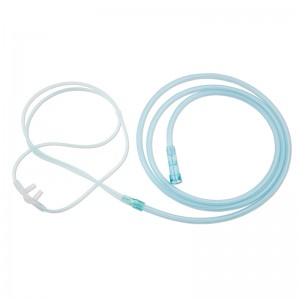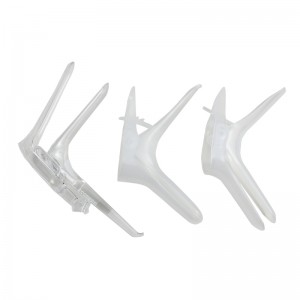Negative Pressure Drainage Catheter
|
12F |
Orthopedics department, neurosurgery department, department surgical department, breast surgical department plastic surgical department |
|
15F |
Breast surgical department brain surgical department neurosurgery department endoscope surgical department orthopedics department |
|
19F |
Gastroenterology department. liver & gallbladder & pancreas surgical department, endoscope surgical department, orthopedics department, gynecology department |
|
24F |
Neurosurgery department, gastroenterology department, liver & gallbladder & pancreas surgical department orthopedics department |
|
28F32F |
Thoracic surgical department. |
|
BY |
Other superficial parts |
Product consists of drainage catheter, drainage ball, drainage needle and needle sheath and drainage bag. There are 8 sets: A (drainage catheter), B (drainage catheter + needle and needle sheath), C (drainage catheter + drainage ball), D (drainage catheter + drainage bag), E (drainage catheter + needle and needle sheath + drainage ball), F (drainage catheter + needle and needle sheath + drainage bag), G (drainage catheter + drainage ball + drainage bag), H (drainage catheter + needle and needle sheath + drainage ball + drainage bag).
Catheter is made of silica gel while ball is made of silicone rubber. Needle is made of 304H stainless steel while bag is made of PVC. All of them are sterilized by oxirane. Residual oxirane is less than 10μg/g.
Checking package and product.
1. When clinical incision is closed, operator fix drainage catheter at appropriate position near the incision then connect it with collection device. In clinical application, the device can connect negative pressure source for drainage.
2. When draining fluids from other parts except clinic incision, after incising, guide needle can be used to lead catheter to drainage position. Then operator fixes drainage catheter on skin and remove needle.
3. When draining by negative pressure, drainage ball is available. Operation: Closing the robot clip at ball discharge outlet (if there is). Operator pull sealing plug out and press ball. Then closing plug, and connecting catheter and ball, fluids will enter the ball.
4. If fluids will excess ball max volume, clamping catheter, then opening sealing plug, discharging fluids, sealing plug, removing plug, drainage can go on. If ball connecting with a bag, operator can discharge fluids into bag by opening clip. After that, closing clip and opening outlet of ball then pressing ball and closing outlet at the same time.
5. Operator need to take out catheter from patient’s body when it is useless.


